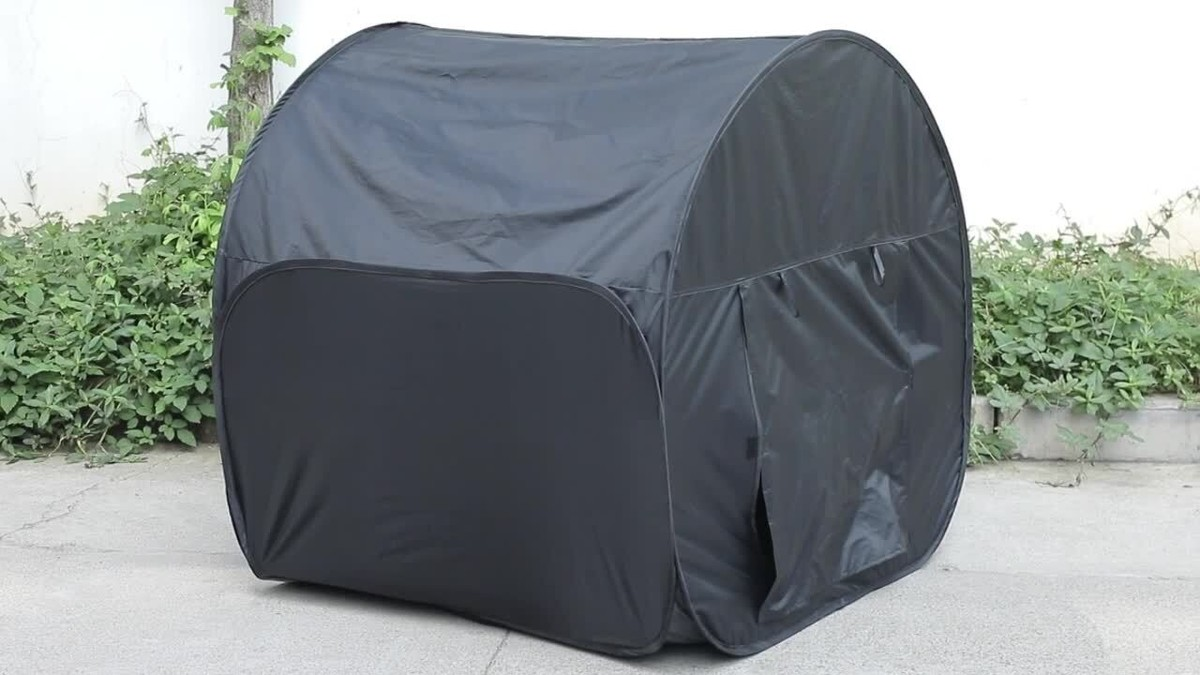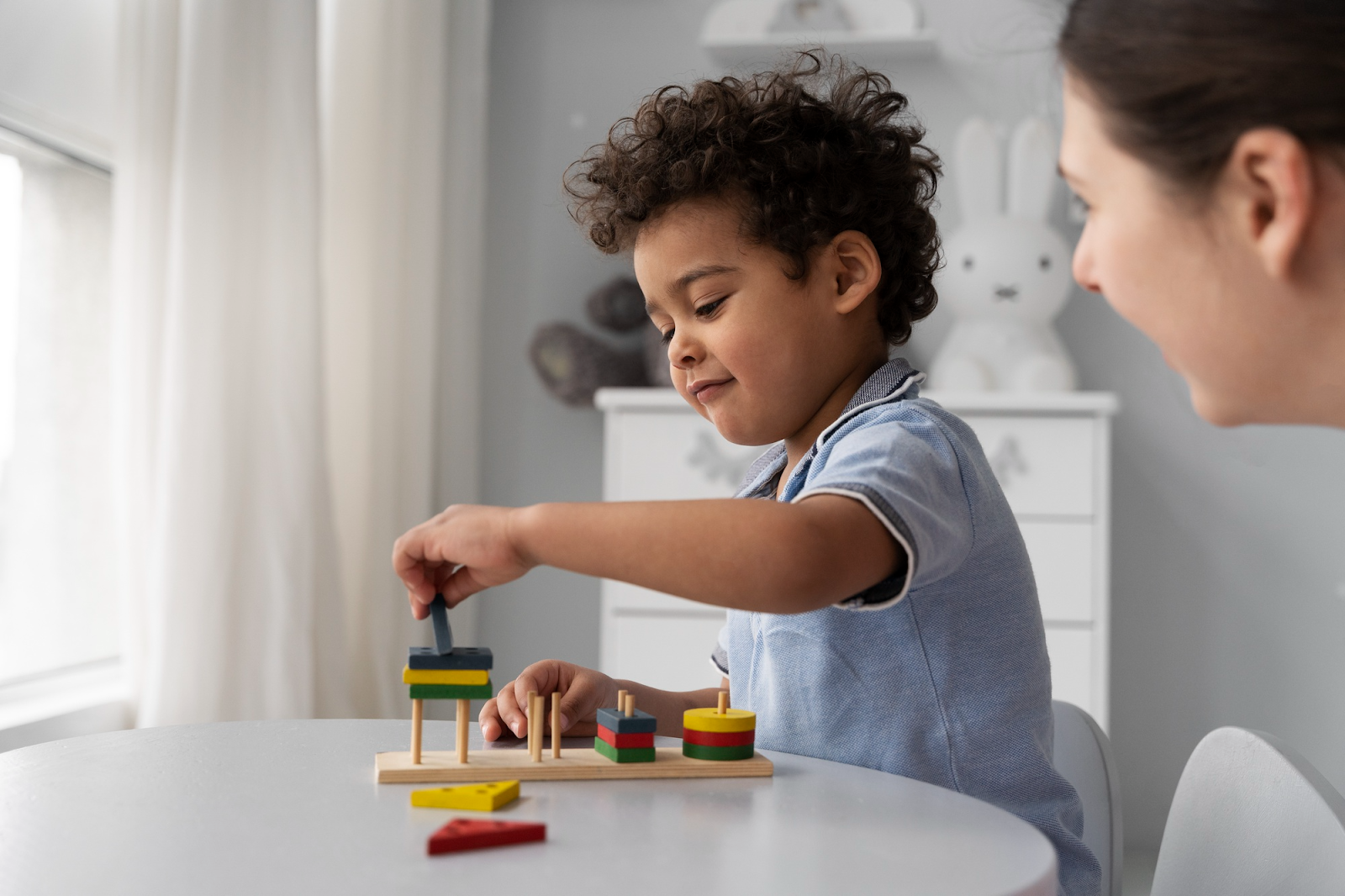Creating a comfortable and supportive environment is one of the most important things parents can do for a child with autism. Children on the autism spectrum often experience sensory overload due to bright lights, loud noises, or busy surroundings. A calming sensory tent for autism provides a private and soothing space where a child can feel secure and in control of their environment. This article explores why such sensory tents can be an invaluable addition to autism support at home or in therapy.
Understanding the Purpose of a Calming Sensory Tent
A calming sensory tent for autism is designed to create a peaceful and controlled sensory environment. These tents are often filled with soft lighting, quiet sounds, and comforting textures. They help reduce overstimulation by providing a space that feels safe and predictable. Many children with autism benefit from having a private place where they can retreat when feeling anxious, overwhelmed, or overstimulated.
The purpose of these tents goes beyond relaxation—they are tools that help children self-regulate their emotions and behaviors. By spending time in a sensory tent, a child can calm down after stressful moments, improving their ability to focus and engage positively with others afterward.
Creating a Safe Space for Emotional Regulation
Children with autism often face challenges when it comes to managing emotions. A calming sensory tent for autism can act as a “safe zone” where they can relax and regain emotional balance. The tent’s quiet and enclosed environment blocks out distractions, making it easier for a child to process their feelings without external triggers.
This safe space can be especially helpful during transitions or after difficult sensory experiences. For example, after a busy day at school or a loud social event, spending time in a sensory tent can help a child decompress. Over time, they may begin to associate the tent with comfort and security, which can encourage more independent emotional regulation.
Encouraging Focus and Learning
Sensory tents can also play a role in improving focus and learning. When a child feels calm and secure, they are more likely to engage in educational or therapeutic activities. A calming sensory tent for autism can be used as a quiet study nook, reading space, or area for sensory play.
Parents and therapists often find that structured activities inside the tent—such as listening to soothing music, exploring soft toys, or using fidget tools—help children maintain attention for longer periods. This focused environment can make learning sessions more effective and enjoyable, both at home and in therapy centers.
Supporting Sensory Integration and Comfort
Children with autism may have sensory sensitivities—either being overly sensitive or under-responsive to sensory input. A calming sensory tent provides a place to control sensory experiences. Inside the tent, parents can introduce sensory items that meet the child’s specific needs, such as weighted blankets, textured fabrics, or gentle lighting.
By using these sensory elements in a predictable way, a calming sensory tent for autism helps children process sensory information more comfortably. This kind of sensory integration support can improve overall well-being and make everyday situations easier to handle.
Easy to Use and Adaptable for Any Setting
One of the best things about sensory tents is their flexibility. They are easy to set up in any room and can be adjusted to match the child’s preferences. Parents can personalize the tent by adding favorite colors, calming scents, or toys that bring comfort.
Because a calming sensory tent for autism is portable, it can be used in different settings—at home, in classrooms, or during therapy sessions. This adaptability ensures that the child always has access to a familiar, comforting environment, even when routines change.
Helping Parents Foster a Supportive Environment
Having a sensory tent at home also helps parents better support their child’s needs. It provides a consistent strategy for managing meltdowns, stress, or anxiety. When a child has a designated calming area, parents can respond to difficult moments with compassion and understanding rather than frustration.
In addition, using a calming sensory tent for autism encourages a sense of independence. Children learn to recognize when they need a break and take time to calm themselves, which can strengthen emotional awareness and coping skills over time.
Conclusion
A calming sensory tent for autism is more than just a play area—it is a therapeutic tool that supports emotional regulation, focus, and sensory comfort. For parents, it offers an effective and gentle way to help their child feel safe and supported in their daily environment. Whether used for relaxation, learning, or sensory play, a sensory tent can make a meaningful difference in a child’s overall development and well-being. By creating this small, peaceful space, parents take a big step toward nurturing calmness, confidence, and comfort for their child.


